ABOUT MUNICH
Munich is the third-largest city in Germany, after Berlin and Hamburg, as well as the 11th-largest city in the European Union. Munich is a global centre of science, technology, finance, innovation, business, and tourism. Munich enjoys a very high standard and quality of living, reaching first in Germany and third worldwide according to the, and being rated the world's most liveable city by the some survey results. Munich is located in close proximity of the Alps.
LANDMARKS
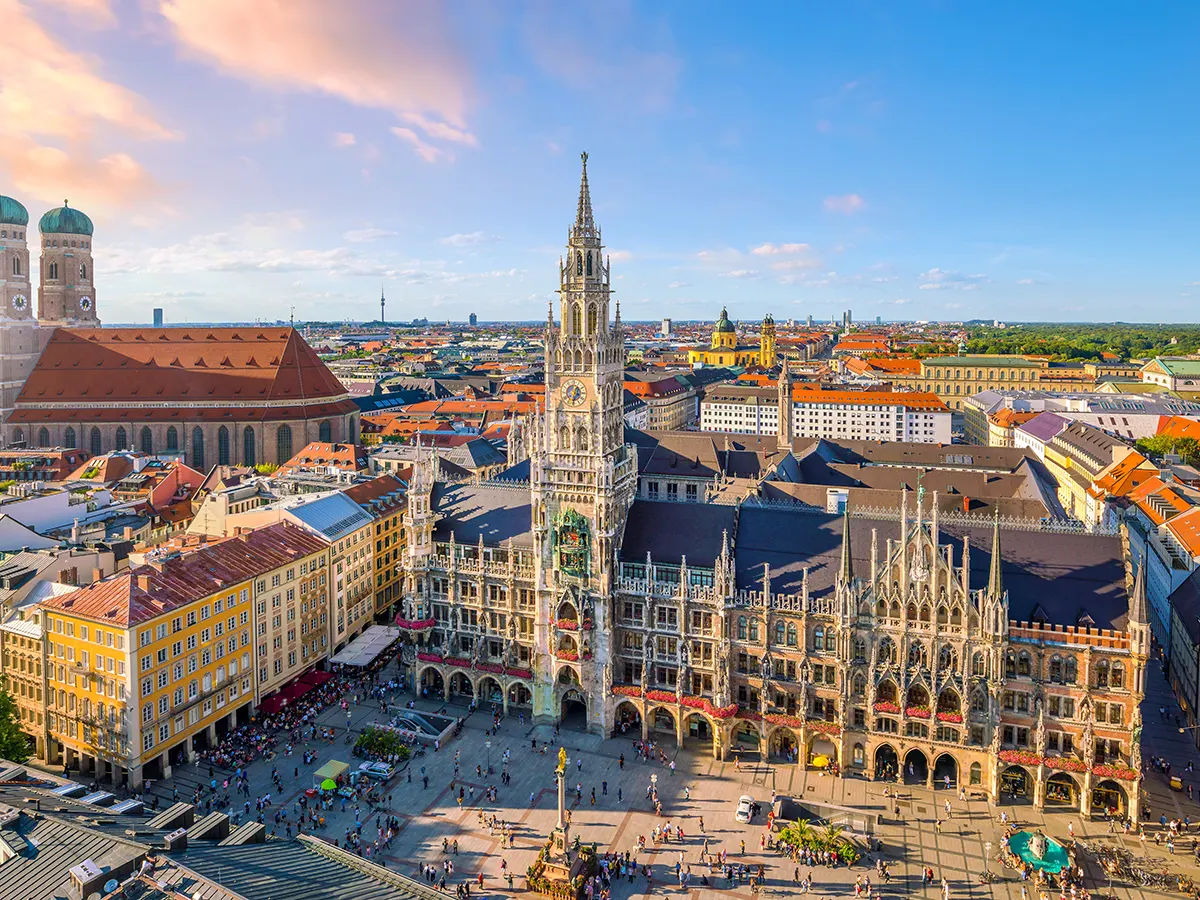
Marienplatz
This square has been the core of Munich since 1158 when it was used for markets and hosted tournaments.
Marienplatz is today famous for the annual Christmas markets. The other attraction here is the Town Hall that has more than 400 rooms.
The Glockenspiel in the tower of the new city hall was inspired by the tournaments that were held in the square during the Middle Ages, and draws millions of tourists a year. Furthermore, the pedestrian zone between Karlsplatz and Marienplatz is a crowded area with numerous shops and restaurants.
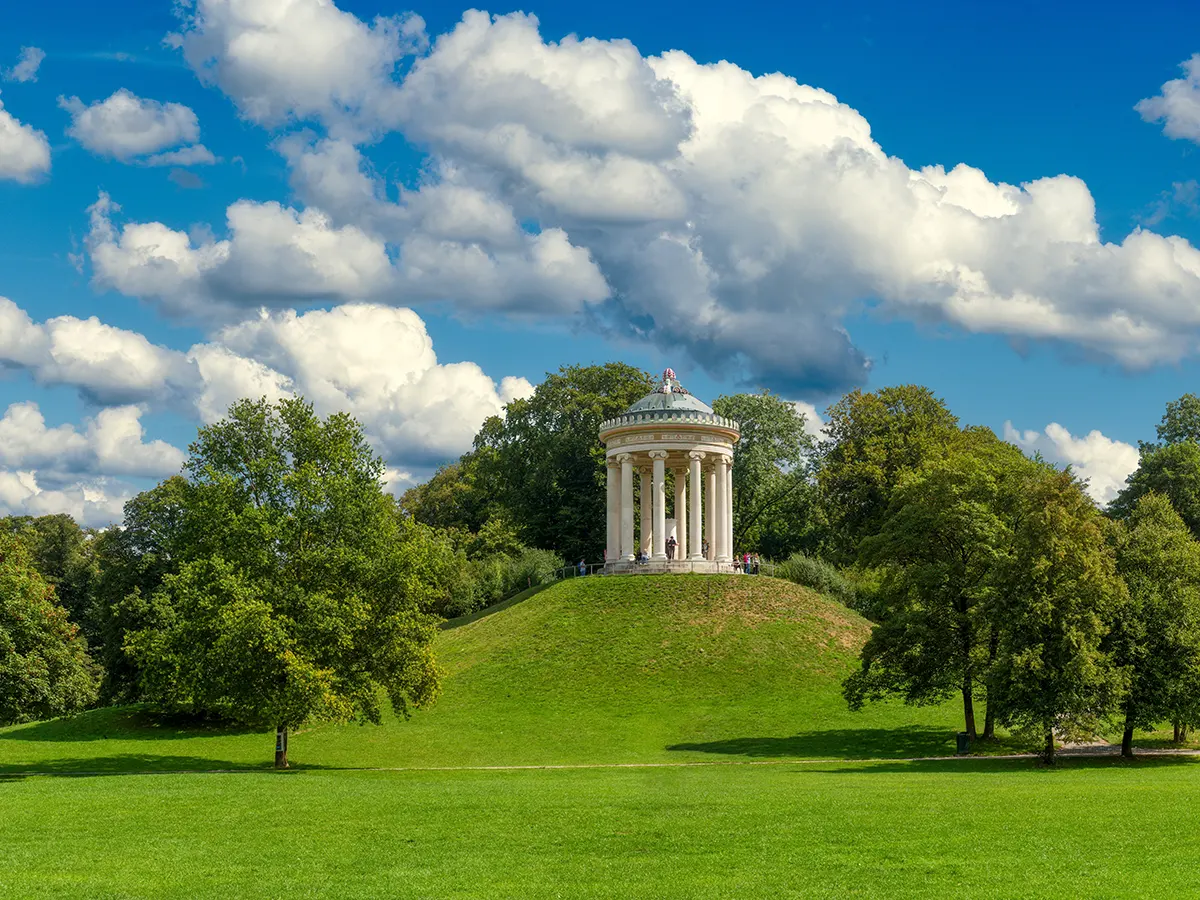
English Garden/ Englischer Garten
Englischer Garten is a large public park in the centre of Munich, Bavaria, stretching from the city centre to the northeastern city limits. It was created in 1789 by Sir Benjamin Thompson. With an area of 3.7 km2 (910 acres), the Englischer Garten is one of the world's largest urban public parks
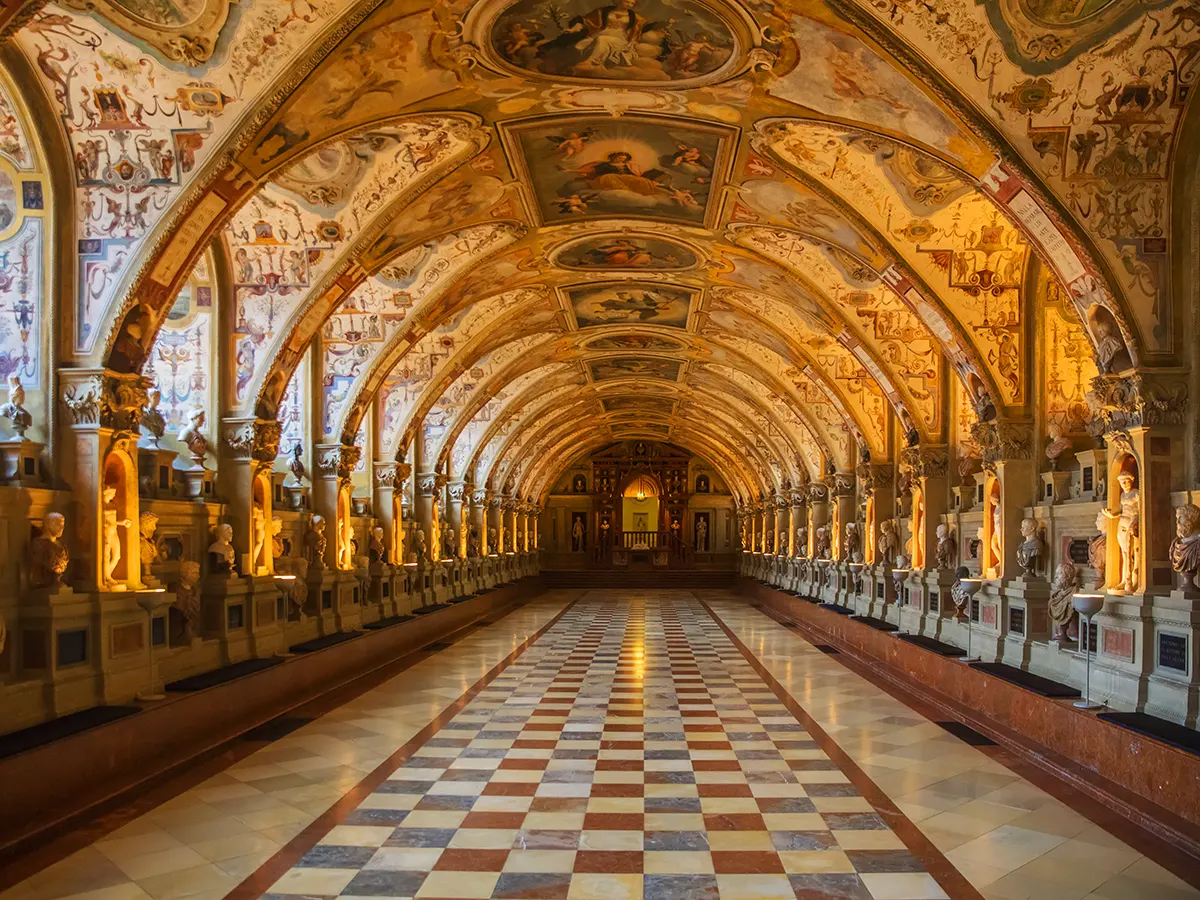
Munich Residenz
The Residenz in central Munich is the former royal palace of the Wittelsbach monarchs of Bavaria. The Residenz is the largest city palace in Germany and is today open to visitors for its architecture, room decorations, and displays from the former royal collections. The complex of buildings contains ten courtyards and displays 130 rooms.
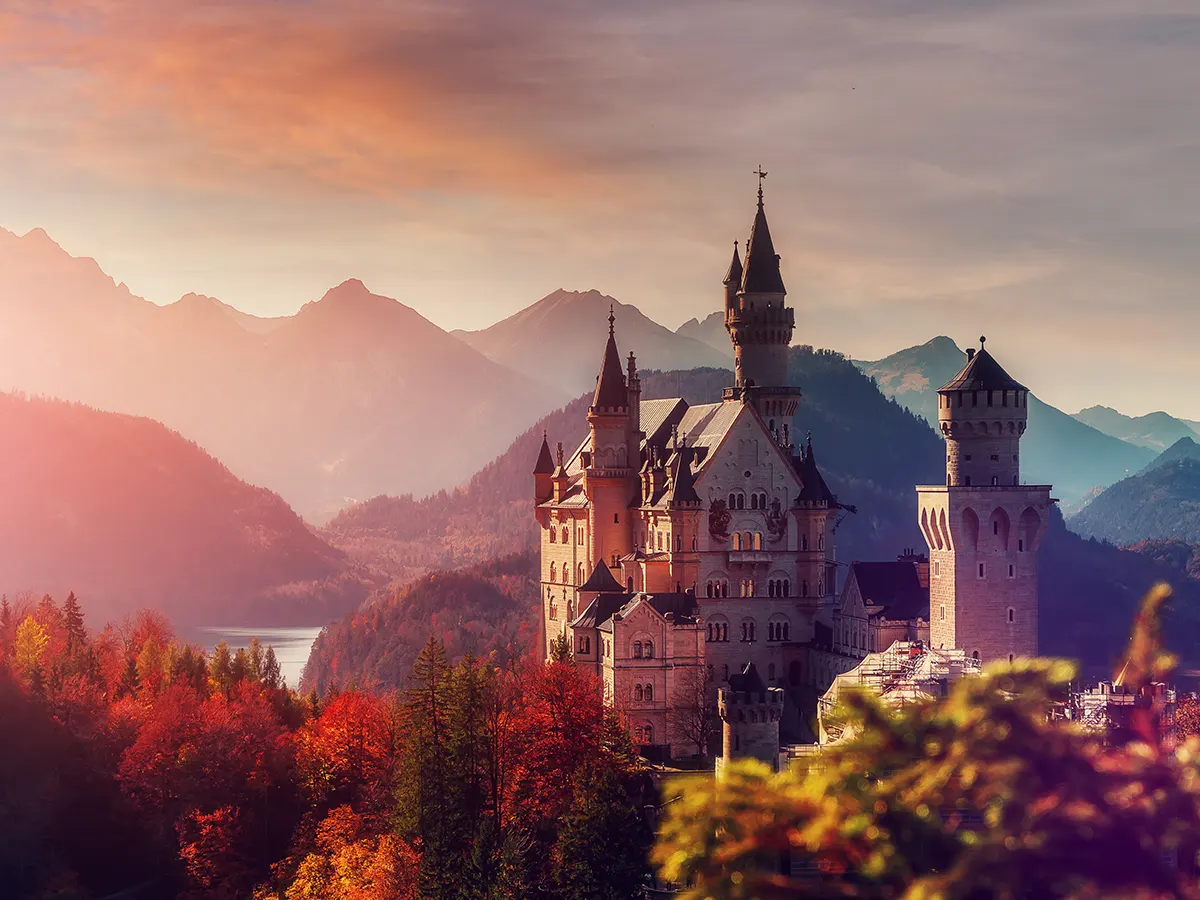
Neuschwanstein Castle
Construction began in 1869 but was never completed. The castle was intended to serve as a private residence for the king but he died in 1886, and it was opened to the public shortly after his death, Since then, more than 61 million people have visited Neuschwanstein Castle. More than 1.3 million people visit annually.
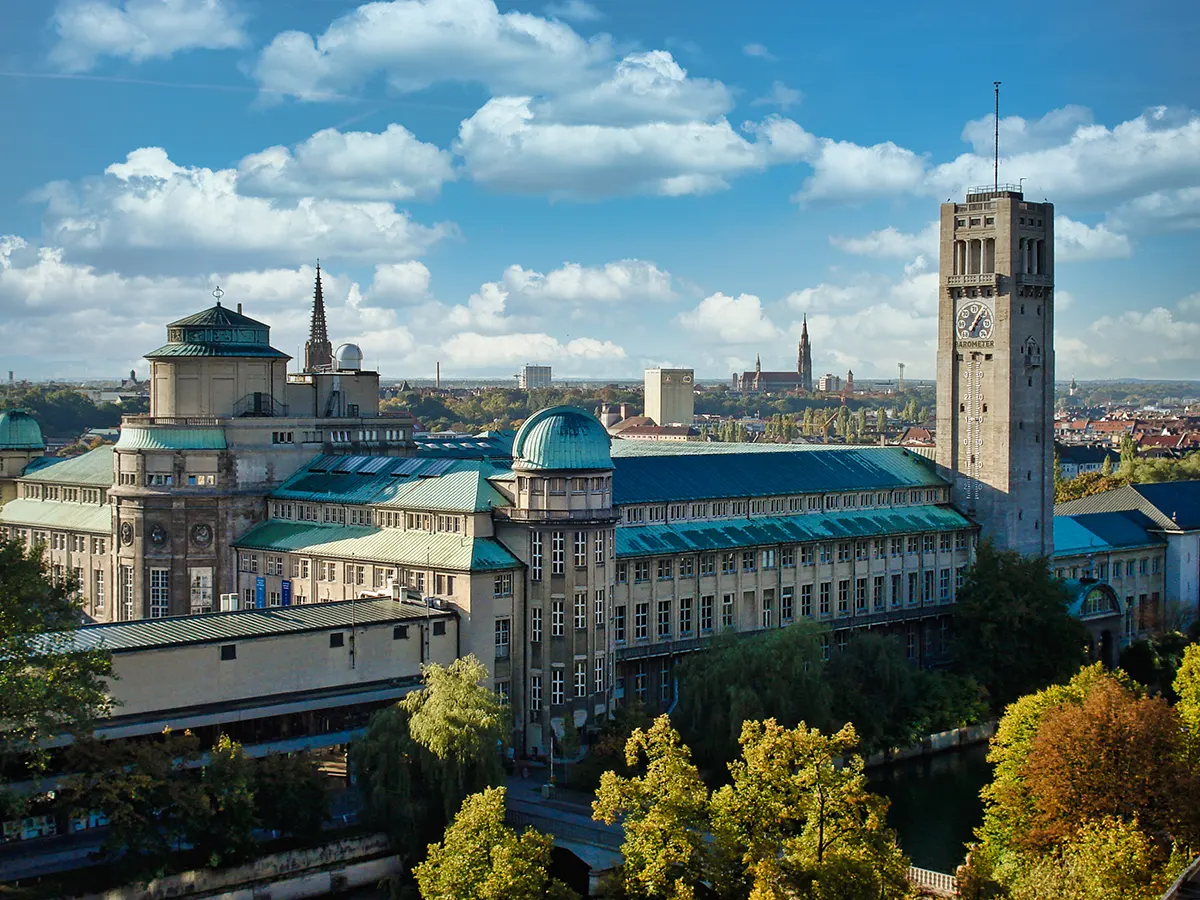
Deutsches Museum
The Deutsches Museum is the world's largest museum of science and technology, with about 28,000 exhibited objects from 50 fields of science and technology. It receives about 1.5 million visitors per year.
The museum was founded on 28 June 1903, at a meeting of the Association of German Engineers (VDI) as an initiative of Oskar von Miller. It is the largest museum in Munich. For a period of time the museum was also used to host pop and rock concerts including The Who, Jimi Hendrix and Elton John.
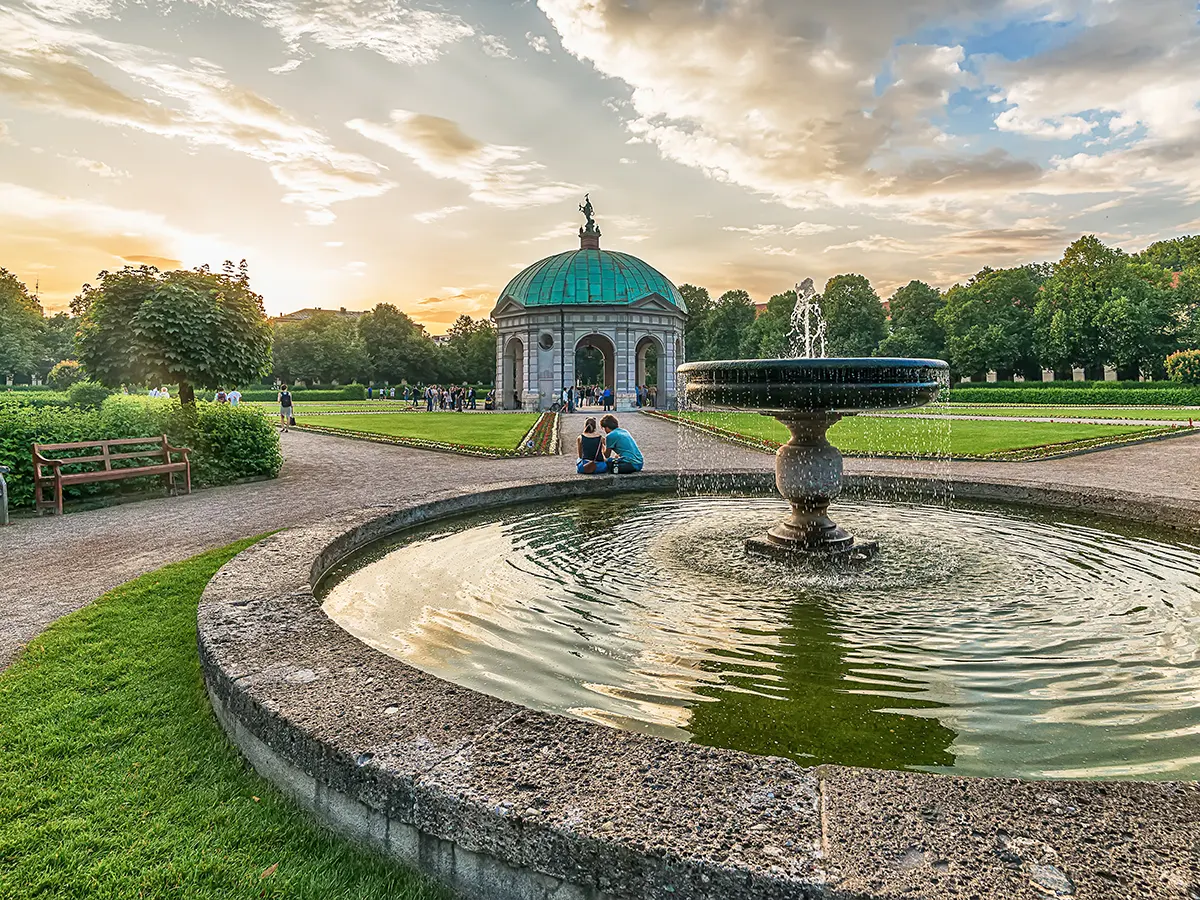
Hofgarten
The Hofgarten (Court Garden) is a garden in the center of Munich, Germany, located between the Residenz and the Englischer Garten. he garden was built in 1613-1617 by Maximilian I, Elector of Bavaria in the style of Italian Renaissance garden. In the center of the garden is a pavilion for the goddess Diana, built-in 1615 by Heinrich Schön the elder. A path leads from each of the eight arches. On the roof of the Diana pavilion, is the replica of a sculpture of Bavaria by Hubert Gerhard, created in 1623. The original is in the Kaisersaal of the Residenz. Nowadays the garden is open to the public, and is very popular with both residents and tourists alike. The nearest Munich U-Bahn station is Odeonsplatz, located directly west of the garden.


